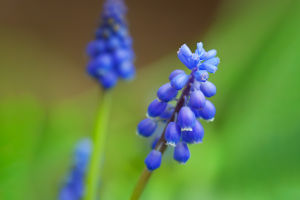In interior design, color choice plays a crucial role in shaping not only the aesthetics of a space but also the mood and psychological well-being of its occupants.
Orange, with its vibrant and energetic hue, is often employed to create a warm and inviting atmosphere. However, the appropriateness of using orange extensively indoors, particularly regarding its potential to cause anxiety, is a question that merits careful consideration.
Orange is known for its bright and lively nature, often symbolizing positivity and enthusiasm. This color merges the passionate energy of red with the cheerful brightness of yellow, creating a hue that exudes warmth and vitality.
In color psychology, orange is thought to stimulate creativity, boost social interaction, and foster positive emotional responses. It is no wonder that orange is frequently utilized in public spaces like restaurants and cafes, where it serves to enhance the ambiance and encourage engagement.
Nevertheless, using orange on a large scale within indoor environments can present some challenges. One primary concern is the potential for visual fatigue. The intense visual stimulation provided by orange can be overwhelming when applied extensively, particularly on large wall surfaces.
Prolonged exposure to this highly saturated color may lead to unease or anxiety, impeding concentration and relaxation. This issue is especially pertinent for individuals who are sensitive to strong colors.
Furthermore, the psychological impact of orange is not uniform across all individuals. While some people may experience orange as vibrant, invigorating, and uplifting, others might perceive it as overly bold or oppressive.
When designing an interior space, it is essential to account for the personal preferences and needs of the occupants. For those who favor a serene environment, an abundance of oranges might induce anxiety and discomfort.
Practically, many interior designers suggest using orange as an accent color rather than extensively. For instance, incorporating warm shades of orange on a feature wall can provide a touch of vitality without overwhelming the space.
Complementary orange elements can be introduced through accessories such as cushions, rugs, and artwork. This approach preserves the energetic and warm qualities of the orange while mitigating its potential to create an overly stimulating environment.
Additionally, balancing the use of orange with other colors can help alleviate any negative effects associated with its dominance. Combining orange with neutral tones like white, gray, or beige can soften its impact and foster a more harmonious spatial atmosphere.
Using various shades of orange can also contribute to a layered and dynamic visual effect, reducing the sense of monotony and oppression that a single, unvaried hue might produce.
When selecting orange as the primary color for an interior space, it is crucial to consider the room's function and purpose. For example, in a home office or creative studio, orange can catalyze creativity and energy.
Conversely, in a bedroom or lounge area, opting for softer, more subdued tones may be preferable to ensure a calming and restful environment.
Using orange moderately and in conjunction with other colors can help achieve a space that is both vibrant and comfortable.
By integrating individual preferences, spatial functions, and principles of color psychology, it is possible to create an indoor environment that not only looks appealing but also supports the well-being and comfort of its occupants.


